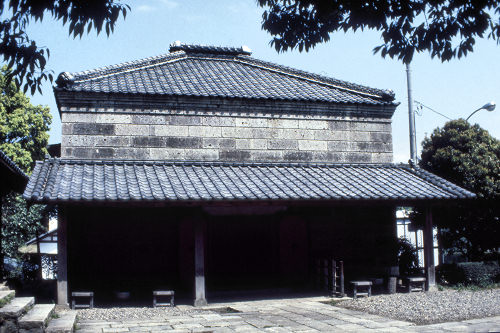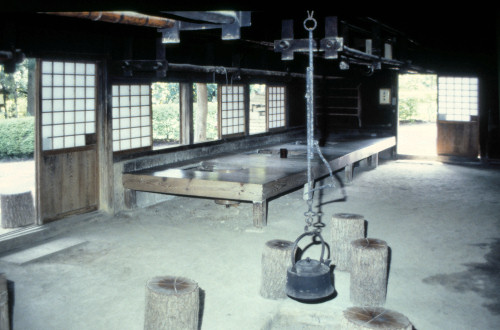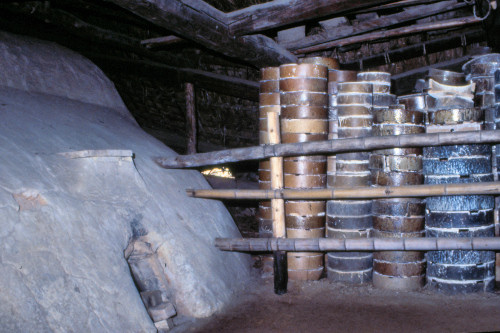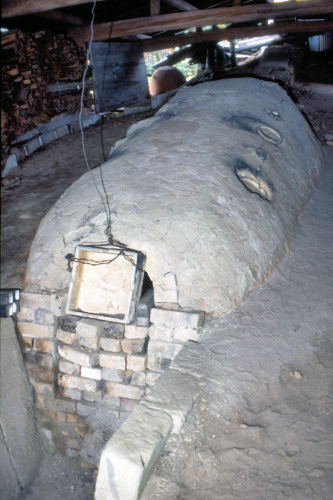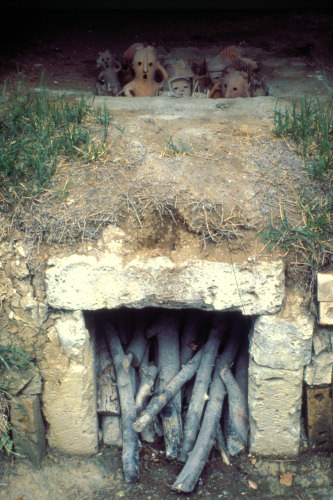The Anagama kiln is an ancient type of pottery kiln brought to Japan from China via Korea in the 5th century.An anagama (a Japanese term meaning "cave kiln" 穴窯) consists of a firing chamber with a firebox at one end and a flue at the other (note that although the term "firebox" is used to describe the space for the fire, there is no physical structure separating the stoking space from the pottery space). The term Anagama describes single-chamber kilns built in a sloping tunnel shape. In fact, ancient kilns were sometimes built by digging tunnels into banks of clay.
The anagama is fueled with firewood, in contrast to the electric or gas-fueled kilns commonly used by most contemporary potters. A continuous supply of fuel is needed for firing, as wood thrown into the hot kiln is consumed very rapidly. Stoking occurs round-the-clock until an appropriate temperature is reached. Stoneware and porcelain pieces will typically mature at "cone 10", a gauge of "heat work" dependent on the final temperature coupled with the time required to achieve that temperature (see pyrometric cone). Somewhat inaccurately, cone 10 could be thought of as a temperature range as high as 2375 �F (1300 �C).
Burning wood not only produces heat � up to 2,500 �F (1400 �C) � it also produces fly ash and volatile salts. Wood ash settles on the pieces during the firing, and the complex interaction between flame, ash, and the minerals comprising the clay body forms a natural ash glaze. This glaze may show great variation in color, texture, and thickness, ranging from smooth and glossy to rough and sharp. The placement of pieces within the kiln distinctly affects the pottery's appearance, as pieces closer to the firebox may receive heavy coats of ash, or even be immersed in embers, while others deeper in the kiln may only be softly touched by ash effects. Other factors that depend on the location include temperature and oxidation/reduction. Besides location in the kiln, (as with other fuel fired updraft kilns) the way pieces are placed near each other affects the flame path and thus, the appearance of pieces within localized zones of the kiln can vary as well. It is said that loading an anagama kiln is the most difficult part of the firing. The potter must imagine the flame path as it rushes through the kiln, and use this sense to paint the pieces with fire.
The length of the firing depends on the volume of the kiln, and may take anywhere from 48 hours to 12 days or more. The kiln generally takes the same amount of time to cool down. Records of historic firings in large Asian kilns shared by several village potters describe several weeks of steady stoking per firing.

